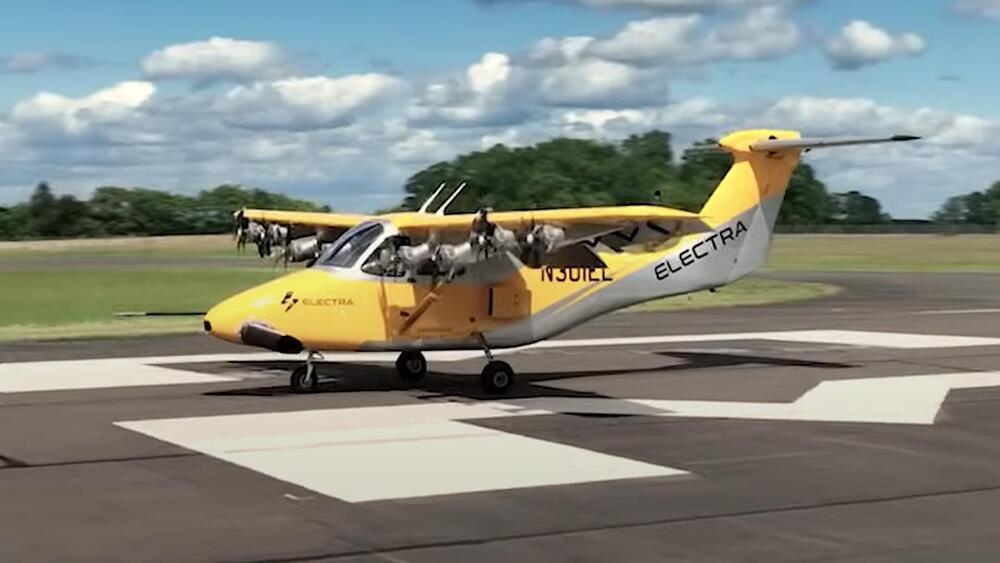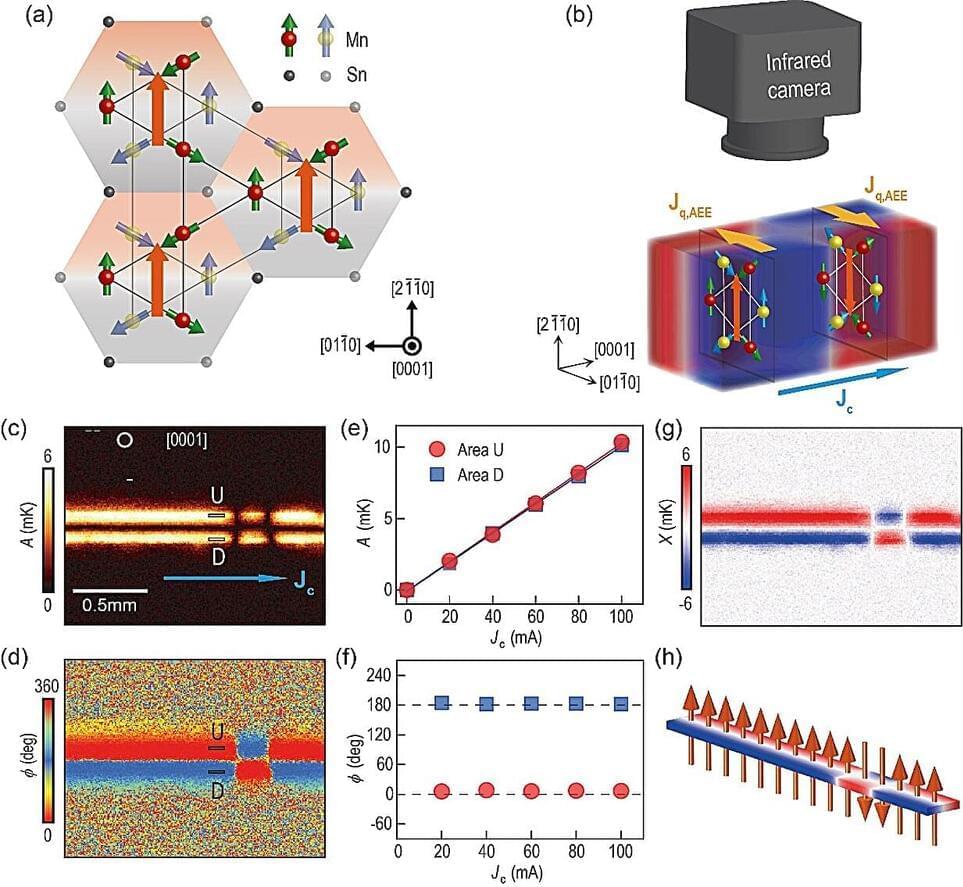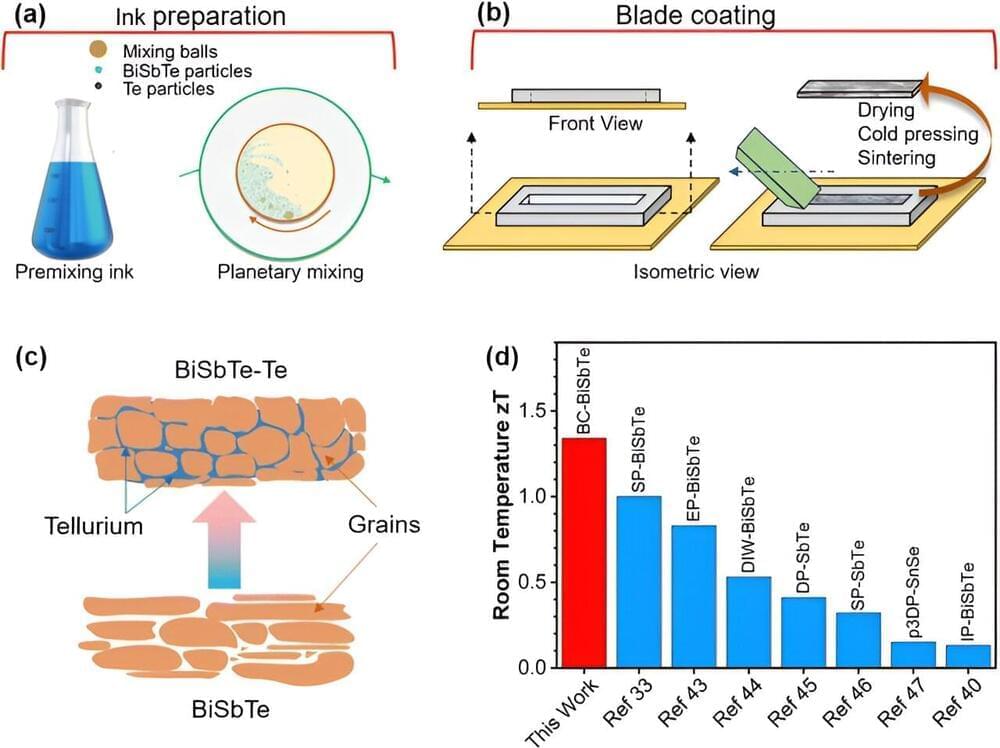Jul 5, 2024
Tesla Giga Berlin expansion gets approval from authorities: report
Posted by Genevieve Klien in categories: sustainability, transportation
Recent reports have noted that Tesla Germany has received permission to expand Giga Berlin from the Brandenburg State Office for the Environment, as per the Ministry of the Environment. With the approval in place, Tesla could start construction work ahead of schedule.
The Ministry of the Environment noted that the early start of construction involves the buildout of an asphalted logistics area for new vehicles, the construction of underground lines and staircases at the press shop, and the installation of rooftop solar panels. As per German publication Stern, Chancellor Olaf Scholz (SPD) has expressed his support for the Tesla Model Y factory’s expansion.
The approval for Giga Berlin’s expansion is expected to pave the way for the facility to increase its vehicle production output. It should be noted, however, that the approval that Tesla Germany was able to secure was only for expansion of the existing Giga Berlin facility. Further forest clearing activities, which are required for Tesla’s plan to build a railway station in the complex, still require permissions.

















